When it comes to sterilization, choosing the right autoclave is key to ensuring both efficiency and safety.
Two of the most used types are vertical autoclaves and benchtop horizontal autoclaves, each offering features that makes them better suited for specific applications.
In this article, we’ll take a closer look at their differences, advantages, and typical use cases.
What is the difference between a vertical and a horizontal autoclave?
The key distinction between vertical and horizontal autoclaves lies in how they are loaded and the design of their sterilization chambers:
👉 Vertical autoclaves: Materials are loaded from the top. These units typically offer a larger capacity, making it possible to sterilize greater volumes in a single cycle.
👉 Benchtop horizontal autoclaves: Items are loaded through a front-facing swing door. Their compact design makes them perfect for laboratories with limited space or clinical environments where footprint matters.
Dimensions and space requirements
Vertical autoclaves require more vertical space, but optimize floor usage in laboratories and workspaces. On the other hand, benchtop horizontal autoclaves are low-profile, compact, and can easily be placed on lab benches or tables, making them a great choice for smaller workspaces.
Capacity and recommended uses
👉 Vertical autoclaves: Ideal for high-volume sterilization, these units can handle large batches in a single cycle. They are commonly found in hospitals, research labs, and other facilities where efficiency and throughput are important.
👉 Benchtop autoclaves: Suited for smaller loads and fast sterilization cycles, these compact unites are popular in clinics, medical offices, and small laboratories where space and speed are priorities.
Pros and cons of vertical autoclaves
Pros:
👍 Larger capacity: Ideal for efficiently sterilizing instruments, culture media, and bulky laboratory items
👍 Space optimization: Although they are taller, vertical autoclaves occupy less floor area, optimizing laboratory layouts
👍 Versatile sterilization: Capable of handling a wide range of materials, from liquids to large equipment
Cons:
👎 Less ergonomic loading: Top-loading requires lifting materials, which can be challenging for heavy loads. Using lifting aids, such as fixed or mobile hoists, can make handling safer and easier
👎 Longer handling time: Depending on the type of materials, loading and unloading may take more time compared to benchtop models
Pros and cons of benchtop horizontal autoclaves
Pros:
👍 Compact design: Ideal for labs with limited space, as they can easily fit on tables, workbenches, or lab counters
👍 Ergonomic loading: Front-loading lets you place items individually on the tray or directly into the chamber, minimizing heavy lifting. Using a transport trolley to bring the load closer to the autoclave can further simplify and secure the handling process
👍 Fast sterilization cycles: Designed for efficient processing of moderate volumes, making them ideal for clinics and small laboratories
Cons:
👎 Limited capacity: The cylindrical chamber design can restrict space use, making it difficult to fully utilize corners and limiting the height of containers placed near the edges of the trays
👎 Less versatile: Less suitable for sterilizing bulky equipment or high volumes of liquid compared to vertical autoclaves
How to choose the right autoclave
Choosing the right autoclave depends on a few important considerations:
- Load volume: For sterilizing large quantities, a vertical autoclave is the preferred choice
- Available space: For environments with limited space, a benchtop autoclave may be the better fit
- Application type: Laboratories that deal with bulky materials or large volumes of liquids can take advantage of the the higher efficiency offered by vertical autoclaves
Conclusion
When deciding between a vertical and a horizontal autoclave, the choice comes down to your specific sterilization requirements. If high capacity and efficiency are your main priorities, a vertical autoclave is the ideal option. Conversely, if you need a compact, front-loading solution, a benchtop horizontal autoclave is the more practical choice.
Vertical autoclaves
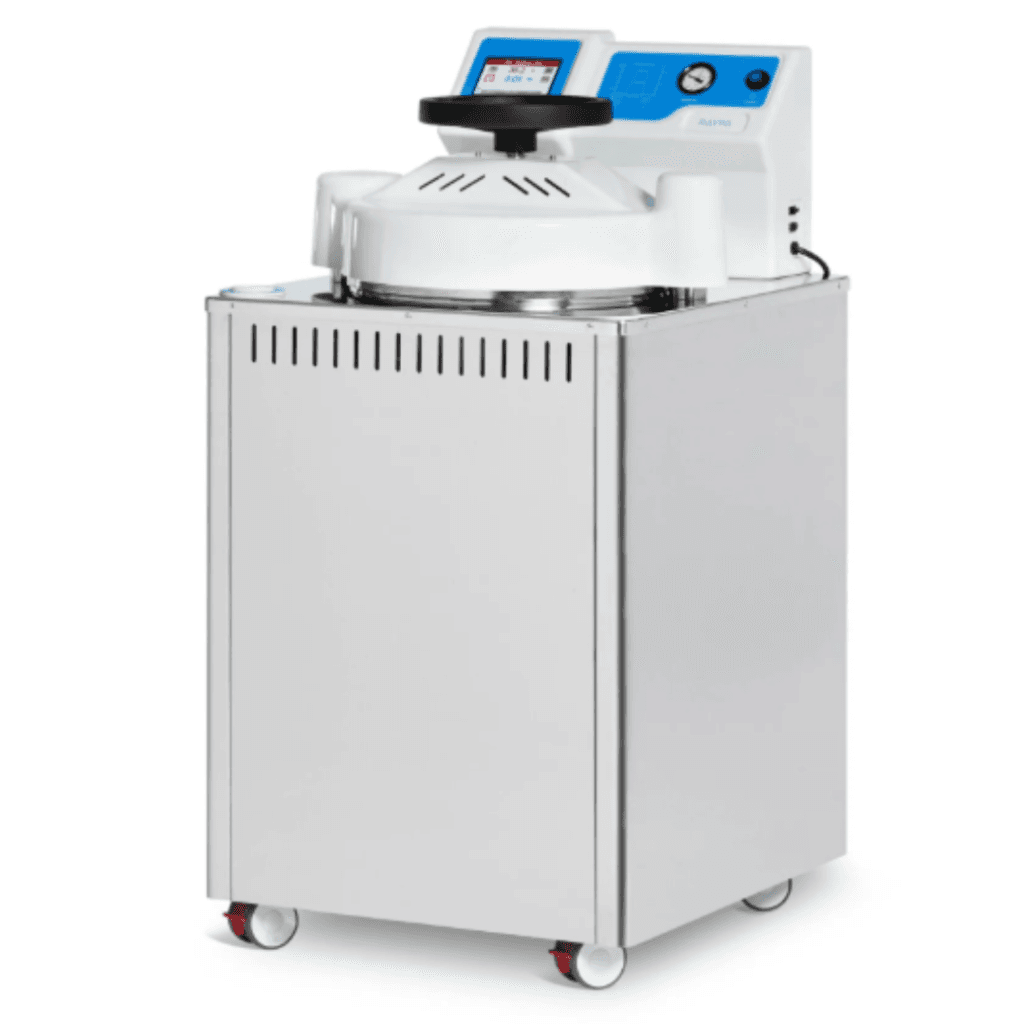
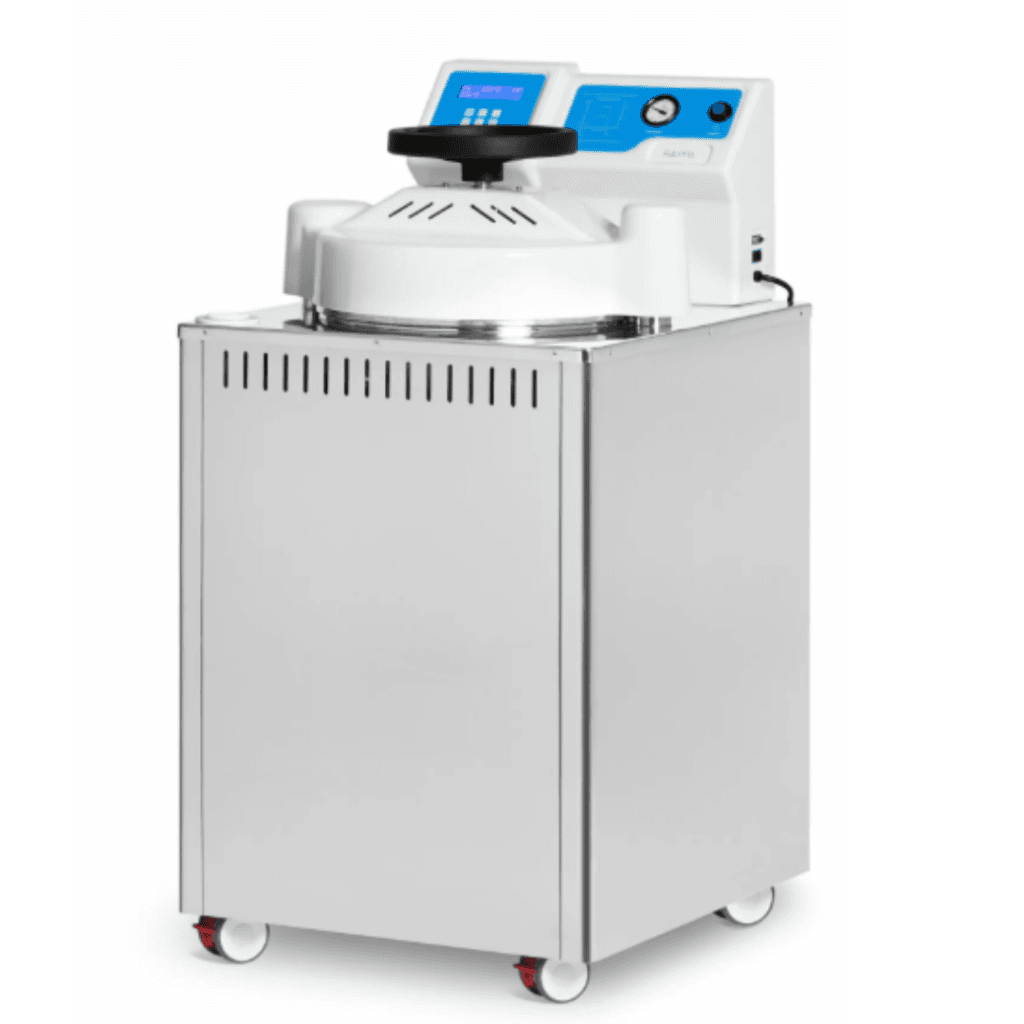
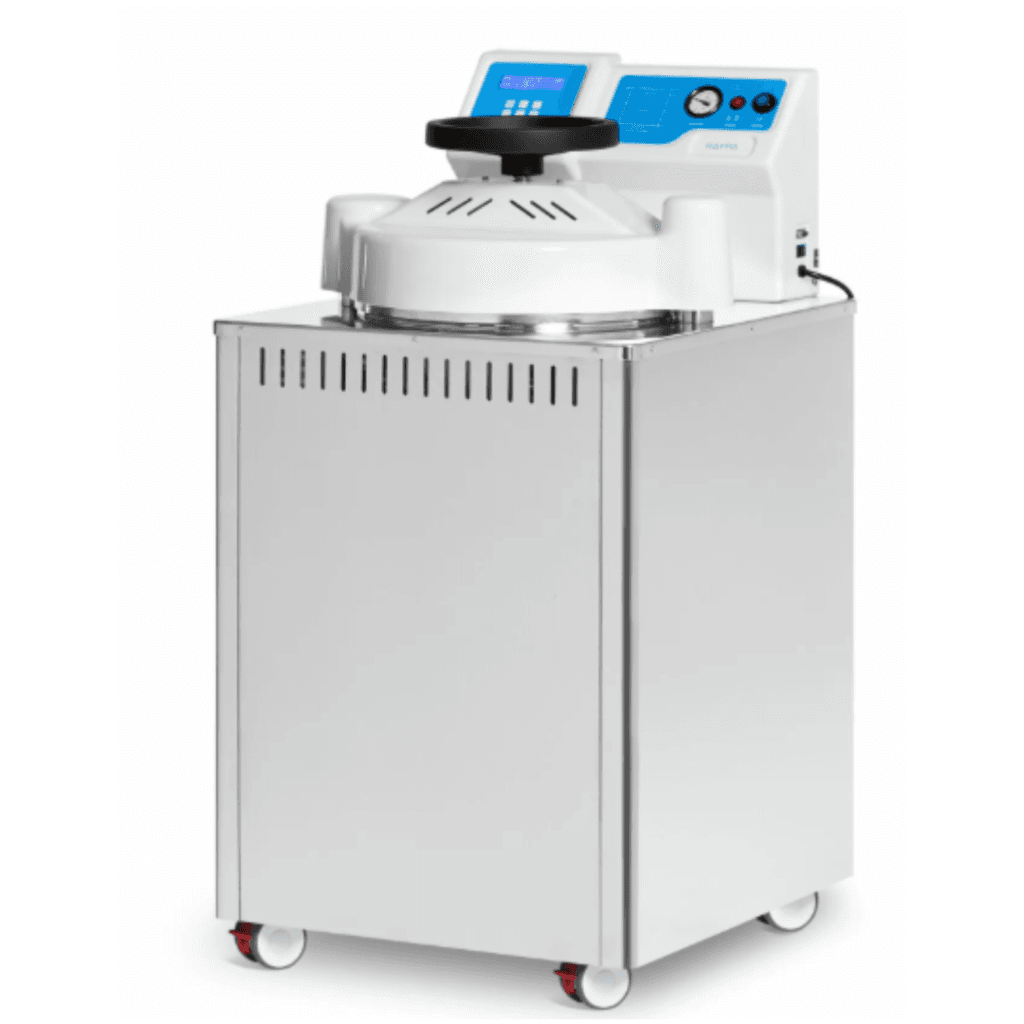
AE-B Series
AE-DRY Series
AES Series
Benchtop horizontal autoclaves
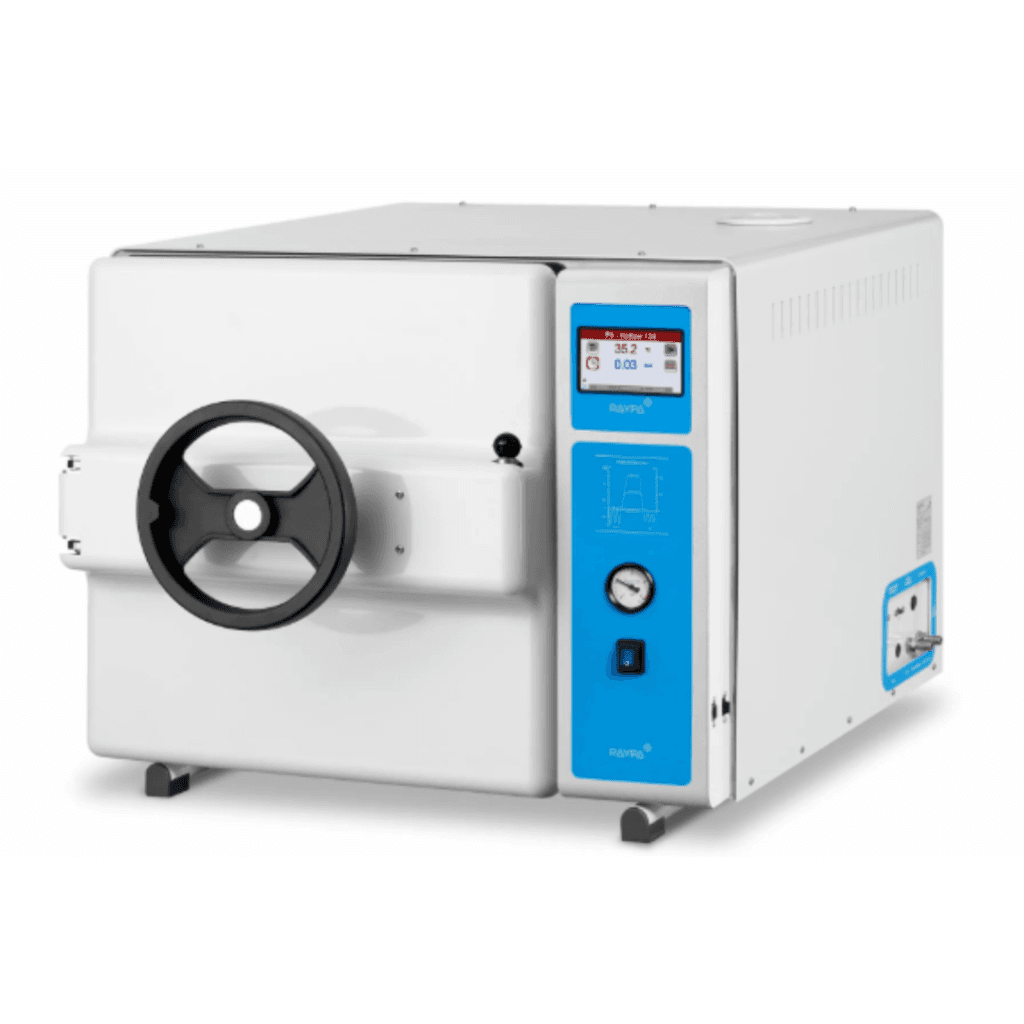
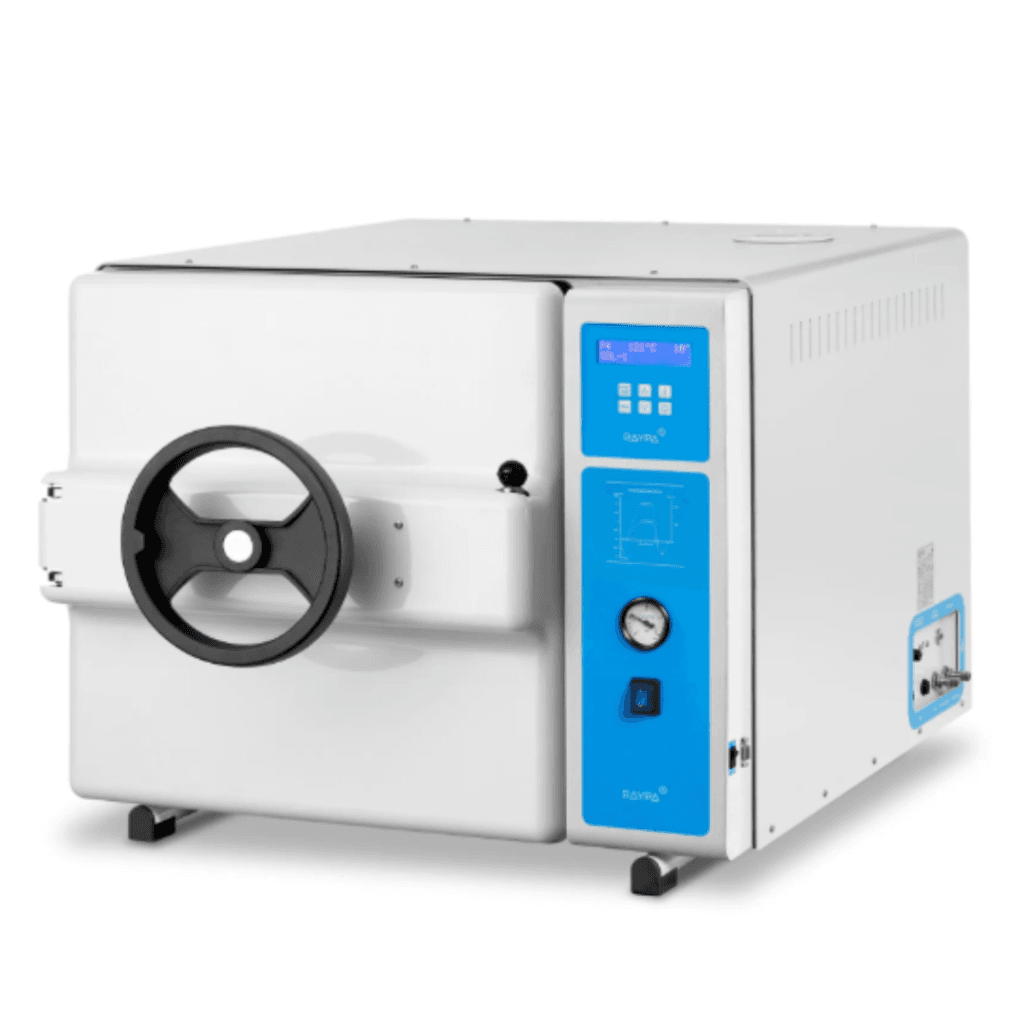
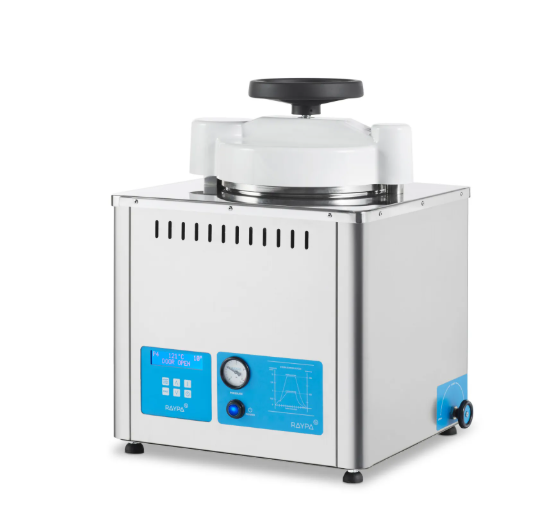
AHS-B Series
Benchtop autoclaves with prevacuums and drying have advanced features that meet the sterilization needs of industrial, educational, medical, and research laboratories.
AHS-DRY Series
Benchtop laboratory autoclaves with drying meet the sterilization needs of laboratories in industrial, educational, medical, and research facilities.
AVS-N Series
Top-loading benchtop autoclaves, without drying, designed to meet the basic sterilization requirements of educational and research laboratory facilities.